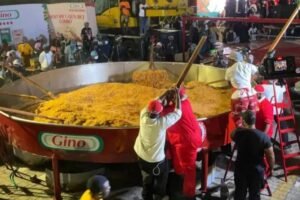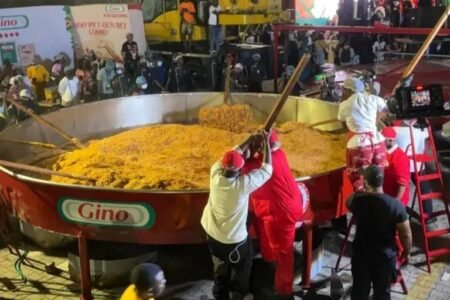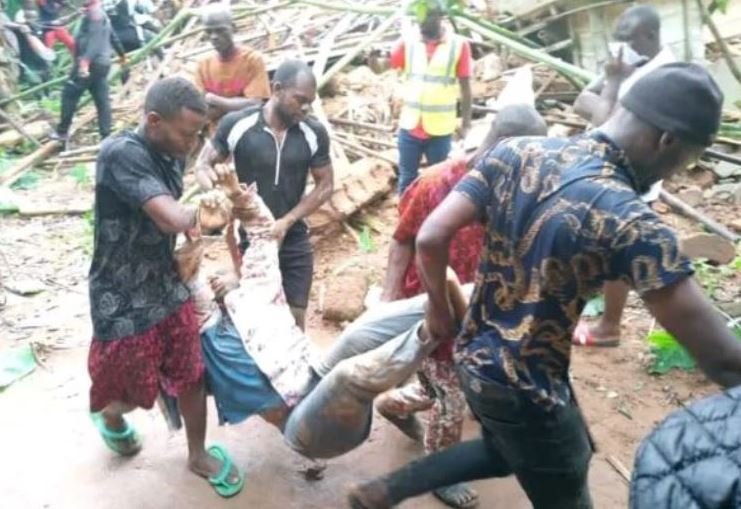The federal government announced plans on Friday to transform the country’s 417 grazing reserves into mini-towns with reliable power, schools, healthcare facilities, markets, abattoirs, road networks, water, sanitation, communication facilities, security, irrigation facilities, veterinary services, feed production, and other amenities.
This was revealed by Idi Maiha, Minister of Livestock Development, during the signing of a Memorandum of Understanding (MoU) with the Rural Electrification Agency (REA) to deliver solar-powered grids to the reserves post rehabilitation and resettlement.
Maiha complained that the grazing areas had been abandoned for many years, with no serious measures to repair them, as the migrations of cattle, sheep, goats, pigs, and other animals were no longer sustainable.
And, in order to deescalate herder-farmer confrontations, modernization through rehabilitation of the 417 grazing areas became necessary, and the political will to get it started had begun.
The signing of the MoU with REA will thus go a long way toward changing the narrative, since more pastoralists will be resettled in the grazing reserves, and their migrations will be greatly reduced as more resources are made available to them in the reserves.
He said, “Since coming on board, this ministry has had an extensive tour of the 417 grazing reserves in the country. We have had stakeholder engagement with pastoral communities, traditional rulers, and the business community, and I’ve come to the full realization that pastoralism, which is being practiced today, or nomadism, is no longer sustainable into the future because of a number of reasons, such as climate change and acute competition for scarce resources, and there’s so much demand and expectation for our livestock sector.
“We feel that the grazing reserves we have had in this country since before independence have been abandoned, and they have suffered various degrees of abandonment. We have come up with a model, which we call Renewed Hope Livestock Village, where most of these grazing reserves are going to be rehabilitated with a number of social amenities.
“One, we will build earth dams; many of them have earth dams that will need to be desilted for the cultivation of pasture throughout the year. We will put primary schools there for the children of the herders, and we will build primary health care for the families of the herders and veterinary clinics, as well as other facilities, to improve the quality of life of the pastoralists and incentivize them to remain there and have access to other economic activities.
“And the best way to do it is not to rely on a national grid. We have discovered there is a very competent federal government agency called the Rural Edification Agency. We had several discussions, and that led into writing up an MoU between them and us, and we have seen the culmination of that relationship, where the MoU has been signed.
“They will soon start rolling out the solar grids into some of these grazing reserves. We have already identified one, Wawazangi, in Gombe State. We have identified Wasem in Plateau State. We have identified Gongoshin in Adamawa State, and we have identified Ka’u in Bwari Area Council under the Federal Capital Territory, FCT; they are ready to roll out and improve the quality of life.”










